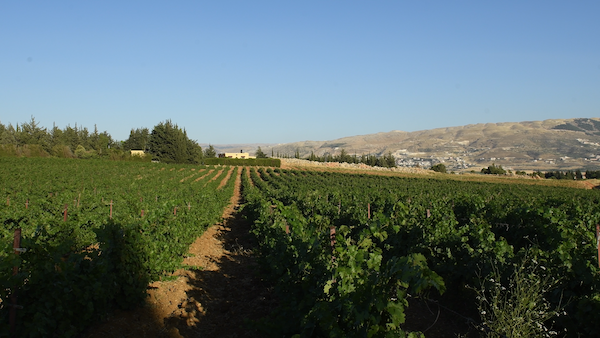
In our travel to discover the food culture of the world, our next stop in Episode #7 of The Food Journey is the Brazilian Amazon.
Overview
To get an insight on Amazonian cuisine and food, our guide today is the indigenous Chef Zena do Carmo who is based in Santarem, Brazil. His mission is to bring the indigenous Amazonian cuisine to the world.
He will show you a typical recipe from the Amazonian gastronomy as well as some unique cooking techniques.
The lungs of the world.
This is the world’s largest rainforest covering some 5.5m km2, half of all the rainforest on earth. This place is the perfect example of the war between the agro-industrial complex and nature. Once the main producer of oxygen in the world, this rainforest has been emitting CO2 at an alarming rate due to deforestation and fires.
Some research has shown that the Amazon was home to highly structured and complex indigenous societies. Some estimate put the total population at around 5 million pre-colonization. The successive waves of explorations of the Amazon started in 1500. Spanish and Portuguese brought with them missionaries, slaves and diseases.
Though there are some European influences in the local cuisine, Amazonian cuisine is rooted in its local produces, techniques and dishes. The amazon is home to the largest biodiversity on earth. 10% of known species live in the Amazon.
Sometimes you may not be too sure if the animal, plant or insect you encounter is safe or lethal. Indigenous people have learned to live in harmony within this difficult environment and this knowledge has been pass down through the generations.
They know how to choose the best food. Like this one, which is the main actor in our episode’s dish. It’s the important arapaima, or pirarucu or piracui, one of the largest freshwater fish in the world. It can reach 3 meters in length.
The episode is in English and Portuguese with English Subtitles.
ABOUT THE FOOD JOURNEY
We are taking you on a trip to discover culinary cultures across the world. Usually, we will showcase a typical dish that is representative of the region or country we are visiting.




